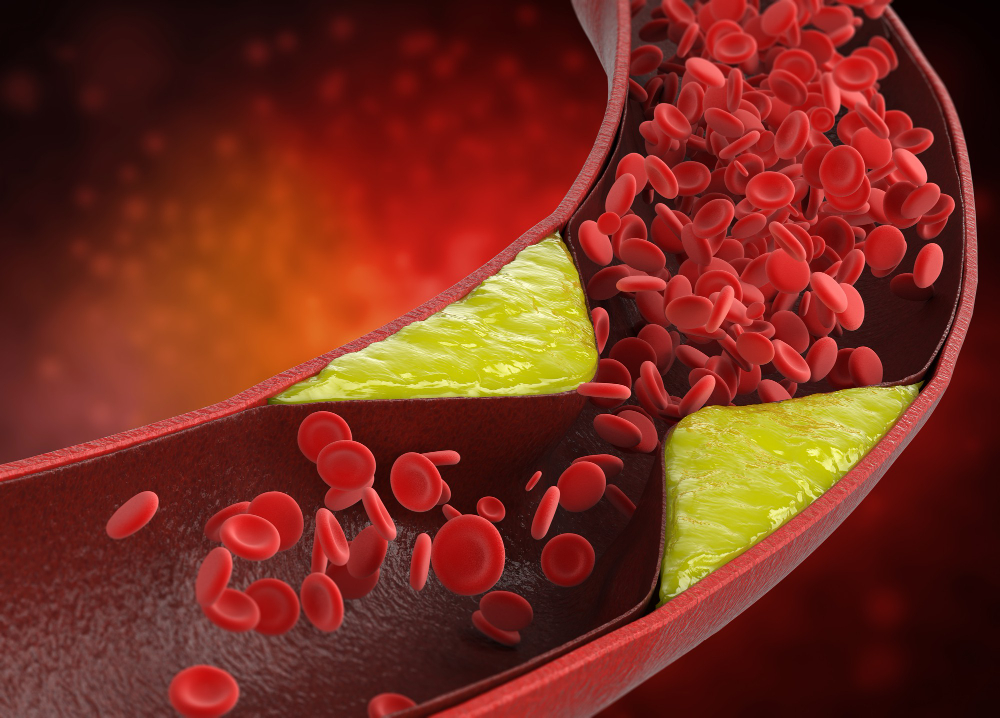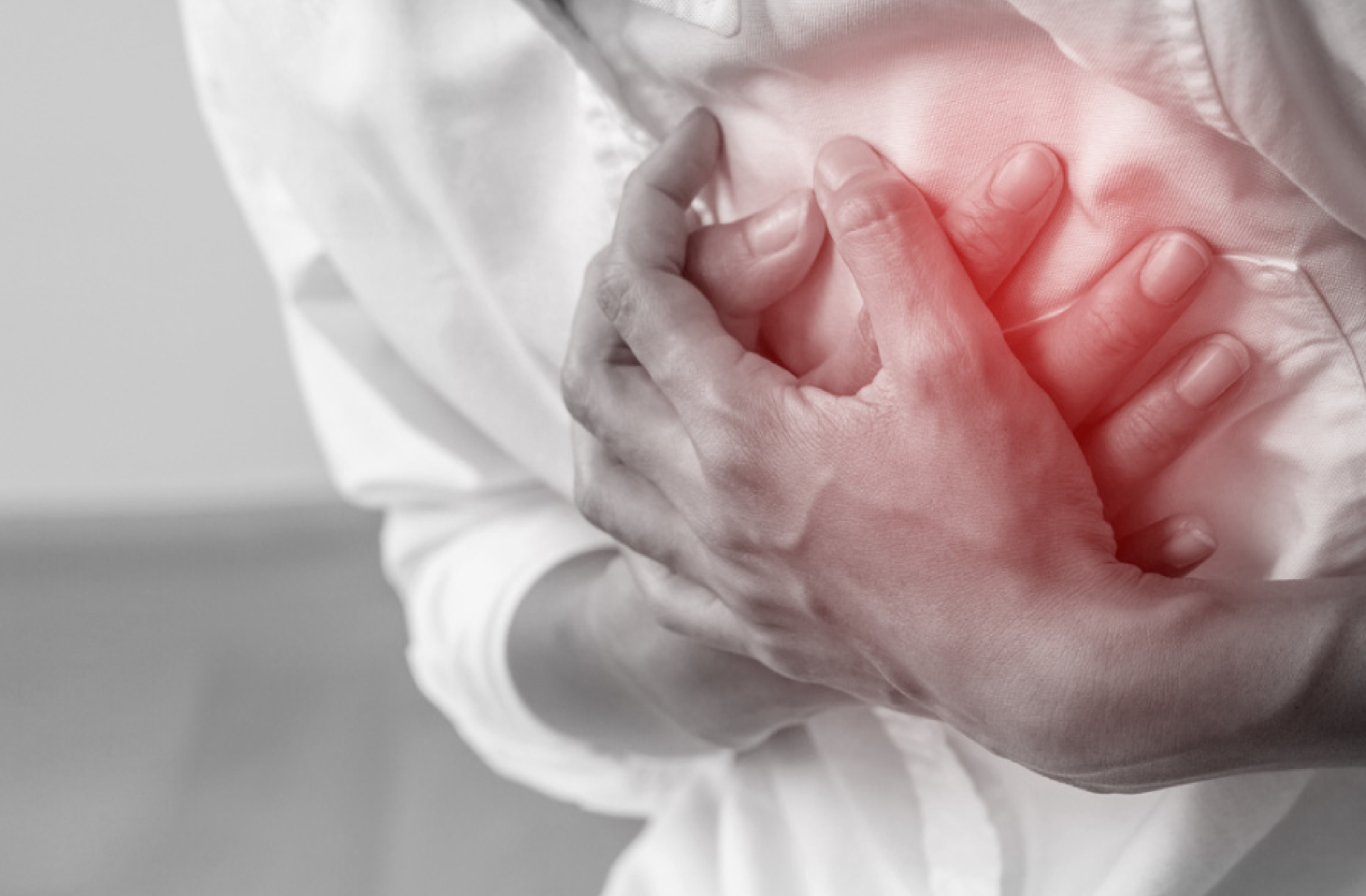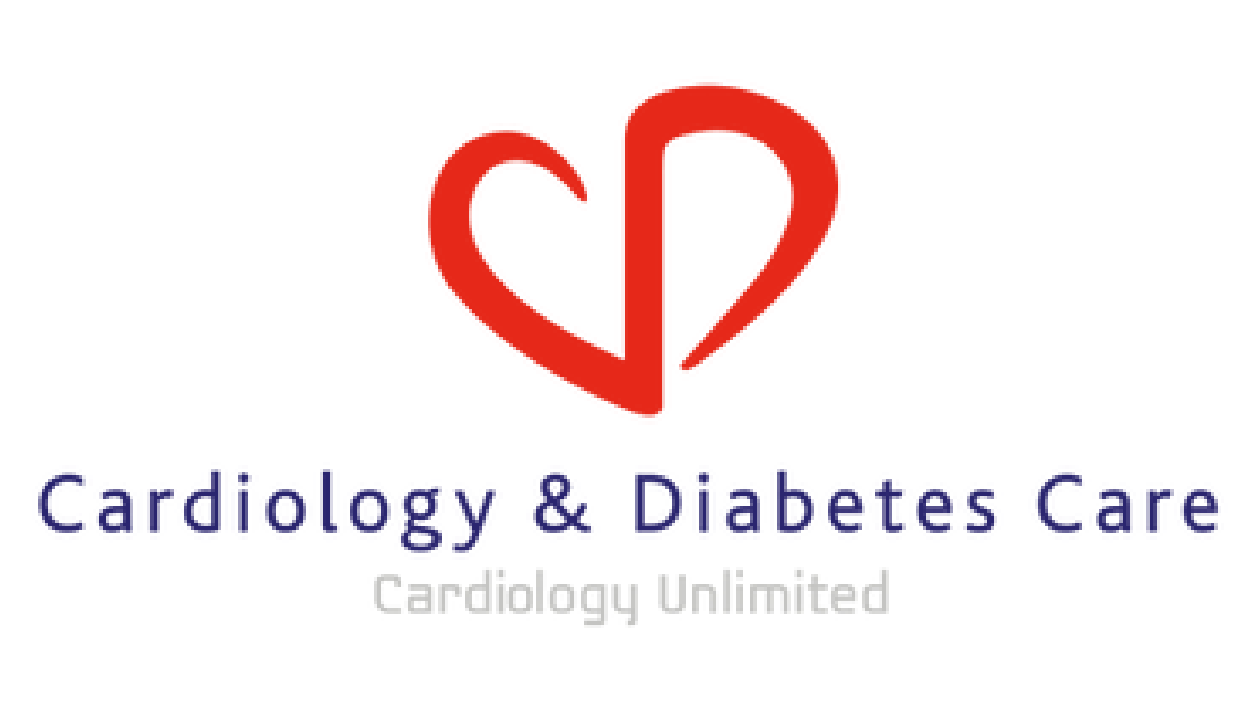The human heart is a vital organ that beats constantly to maintain blood circulation throughout the body. Cardiac rhythm, also known as heart rate, refers to the number of times the heart beats in a minute. The study of cardiac rhythms is crucial for understanding the functioning of the heart and its relationship to overall cardiovascular health. In this article, we will explore different cardiac rhythms, their significance, and what an alteration in heart rhythm may indicate.
Normal Cardiac Rhythm: The normal resting heart rate for a healthy adult ranges from 60 to 100 beats per minute. This range can vary depending on age, level of physical activity, and other individual factors. A regular and steady heart rhythm is indicative of a healthy heart and proper blood circulation.
Tachycardia: Tachycardia occurs when the heart beats faster than normal, usually above 100 beats per minute at rest. It can be caused by stress, anxiety, intense exercise, caffeine consumption, or conditions such as fever, anemia, or an overactive thyroid. In some cases, tachycardia may indicate an underlying heart problem and require medical attention.
Bradycardia: On the other hand, bradycardia refers to a slower-than-normal heart rate, usually below 60 beats per minute at rest. It can be caused by factors such as advanced age, medications, hypothyroidism, heart disease, or simply being in excellent physical condition. In some cases, bradycardia can affect proper blood flow and require medical evaluation.
Arrhythmias: Arrhythmias are rhythm disorders in which the heart can beat too fast (tachyarrhythmia), too slow (bradyarrhythmia), or irregularly. These alterations can affect the heart’s ability to pump blood efficiently and can be caused by structural heart problems, heart muscle diseases, alcohol or drug consumption, and other factors. Arrhythmias may require medical treatment, ranging from medication to specialized procedures.
Importance of Detecting and Monitoring Cardiac Rhythms: Detecting and monitoring cardiac rhythms are essential for evaluating cardiovascular health and detecting potential heart problems. Electrocardiograms (ECGs) are commonly used tools to record the heart’s electrical activity and evaluate cardiac rhythms. Portable heart rate monitors are also widely used for continuous or intermittent monitoring.
In conclusion, understanding cardiac rhythms and their importance in cardiovascular health is crucial for maintaining a healthy life. Proper care of the heart, timely medical attention, and regular monitoring are essential for maintaining a healthy heart rhythm and preventing potential cardiac complications in the future.






This Post Has One Comment
Hola, esto es un comentario.
Para empezar a moderar, editar y borrar comentarios, por favor, visita en el escritorio la pantalla de comentarios.
Los avatares de los comentaristas provienen de Gravatar.